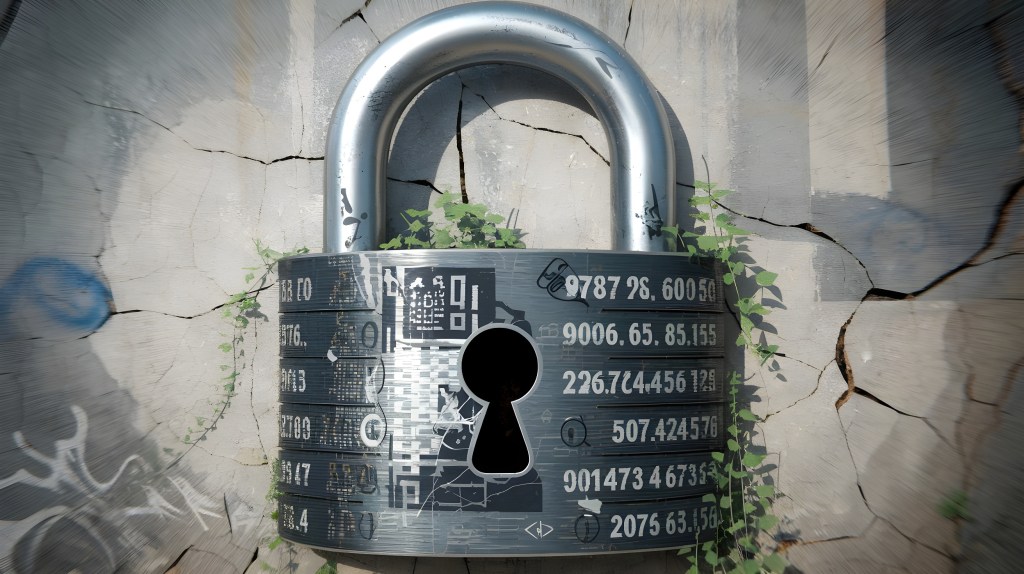Join our daily and weekly newsletters for the latest updates and exclusive content on industry-leading AI coverage. Learn More
When you hear the word “hacker,” what comes to mind? The term originally described computer enthusiasts exploring technology’s boundaries in the 1950s and 60s. Only in the 1980s did new laws and sensationalized representations in media and culture make it synonymous with cybercrime. But that was nearly half a century ago.
Enlightened governments and enterprises have now separated the act from the stigma, and benefit from the technical expertise and fresh perspective of ethical hackers. They are right to leverage them. When a teenager can find a vulnerability that could take down a multi-billion dollar company — and chooses to ethically report it — there are lessons to be learned.
The best hackers have mastered what I call the “hacker mindset.” It is a relentless commitment to curiosity, vision, transparency and shaping the world — despite perceived boundaries. Many of the best leaders I’ve met in my career also embody these traits, which converge as a fearlessness to disrupt the status quo. Sometimes, the best leaders are hackers.
Take the story of Anand Prakash, an ethical hacker who transformed his passion into a successful cybersecurity startup, PingSafe. Prakash discovered gaps in how organizations approached their security through his experiences hacking and shifted his focus to building a solution for these challenges. This year, he sold his company to SentinelOne to the tune of $100 million. Also earlier this year, hacker-founded Sublime Security raised $20 million to redefine cloud email security. Increasingly, hackers have become business builders: Companies including ProjectDiscovery, Hadrian, Ethiack, Detectify and Assetnote exemplify a trend of “hackerprenuerism.” These founders also illuminate how the characteristics of a successful hacker complement the qualities necessary to lead organizations in an increasingly competitive and dynamic marketplace. Here is what I have learned from these hackers about leadership.
Where others see something broken, find opportunity
By nature, hackers possess a knack for looking beyond the obvious to find what’s hidden. They leverage their ingenuity and resourcefulness to address threats and anticipate future risks. And most importantly, they are unafraid to break things to make them better. Likewise, when leading an organization, you are often faced with problems that, from the outside, look unsurmountable. You must handle challenges that threaten your internal culture or your product roadmap, and it’s up to you to decide the right path toward progress. Now is the most critical time to find those hidden opportunities to strengthen your organization and remain fearless in your decisions toward a stronger path.
Take IBM as an example. When faced with fierce competition and staring down an $8 billion quarterly loss in the early 90s, the company broke from its original hardware focus and bet big on software and information technology. That decision led to its healthy position in the S&P 500 today — well ahead of former competitors unwilling to take risk.
Embrace transparency over obfuscation and feedback over ego
Look at any disagreement within the hacker community and you will notice most grievances are aired in highly public forums. This healthy tension builds strong accountability across the cybersecurity ecosystem. As organizations grow, many struggle with strong ownership and transparency. The flow of information often becomes siloed — stifled by bureaucracy and hierarchy. While some information is delicate and must be treated as such, maximizing how teams share knowledge and insights helps organizations build trust internally and collectively solve complex problems.
Leaders must remove ego and cultivate open communication within their organizations. At HackerOne, we build accountability through company-wide weekly Ask Me Anything (AMA) sessions to share organizational knowledge, ask tough questions about the business, and encourage employees to share their perspectives openly without fear of retaliation. These channels build a unified front of trust — across departments and with leadership.
Foster obsessive vision if it builds a better world
Most hackers are self-taught enthusiasts. Young and without formal cybersecurity training, they are driven by a passion for their craft. Internal drive propels them to continue their search for what others miss. If there is a way to see the gaps, they will find them. The same can be said for the best leaders I’ve met in my career, and the public figures we can all acknowledge have shaped the technology industry.
Every great invention, project or program has fostered unity and drive in their workforce toward a better future. There is an innate and stronger motivation when your culture builds toward a mission that’s bigger than the products you’re selling. It is the leader’s mandate to always ask: “What is this all for? What is your team, department, and workforce building towards?”
Steve Jobs’ unwavering vision for the iPhone required his team to think beyond conventional boundaries. His determination built a product that reimagined how we all communicate and interact with the people and places around us.
So, next time you seek inspiration, don’t overlook the unlikely sources — because sometimes, that’s where the most valuable insights lie. With dedication, like a hacker, you will also build a more resilient company and tomorrow.
Chris Evans is CISO and chief hacking officer at HackerOne.
DataDecisionMakers
Welcome to the VentureBeat community!
DataDecisionMakers is where experts, including the technical people doing data work, can share data-related insights and innovation.
If you want to read about cutting-edge ideas and up-to-date information, best practices, and the future of data and data tech, join us at DataDecisionMakers.
You might even consider contributing an article of your own!
Read More From DataDecisionMakers
Source link

